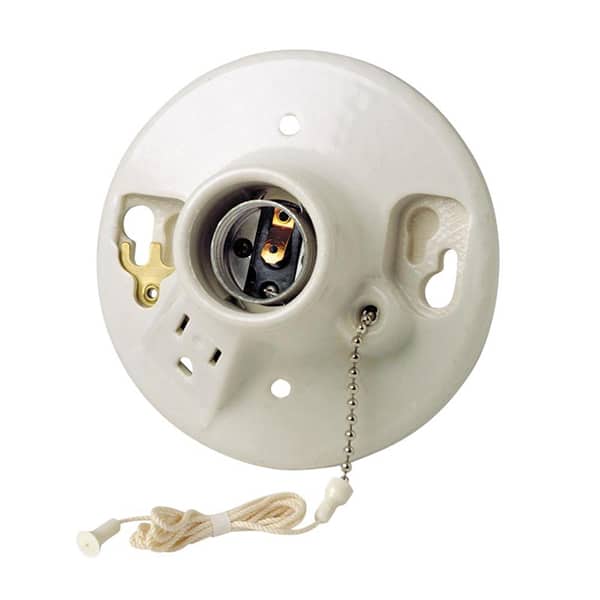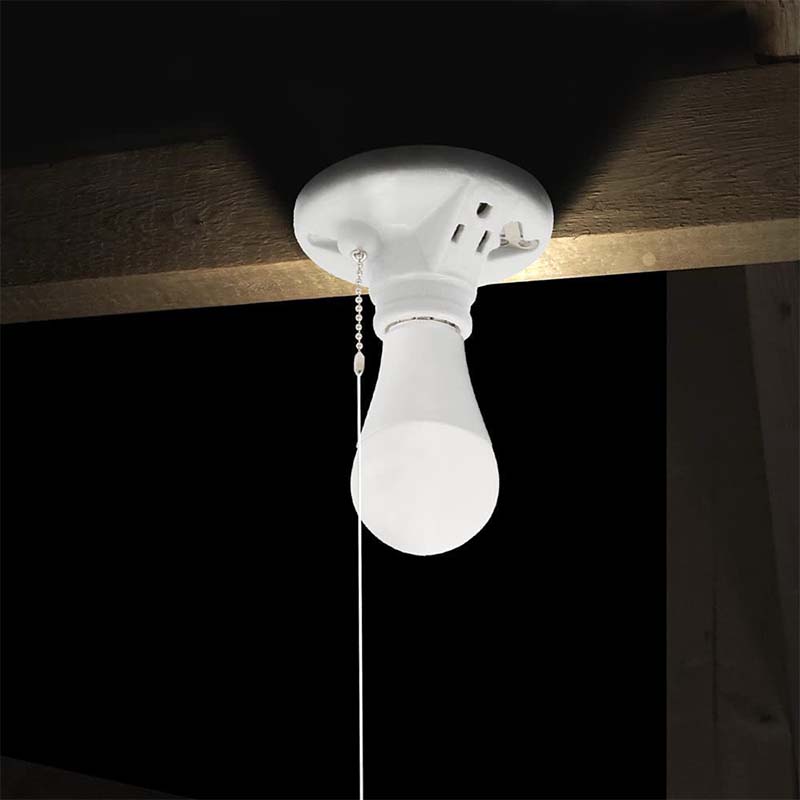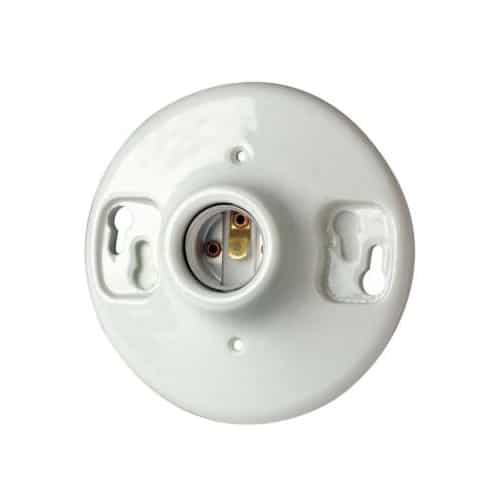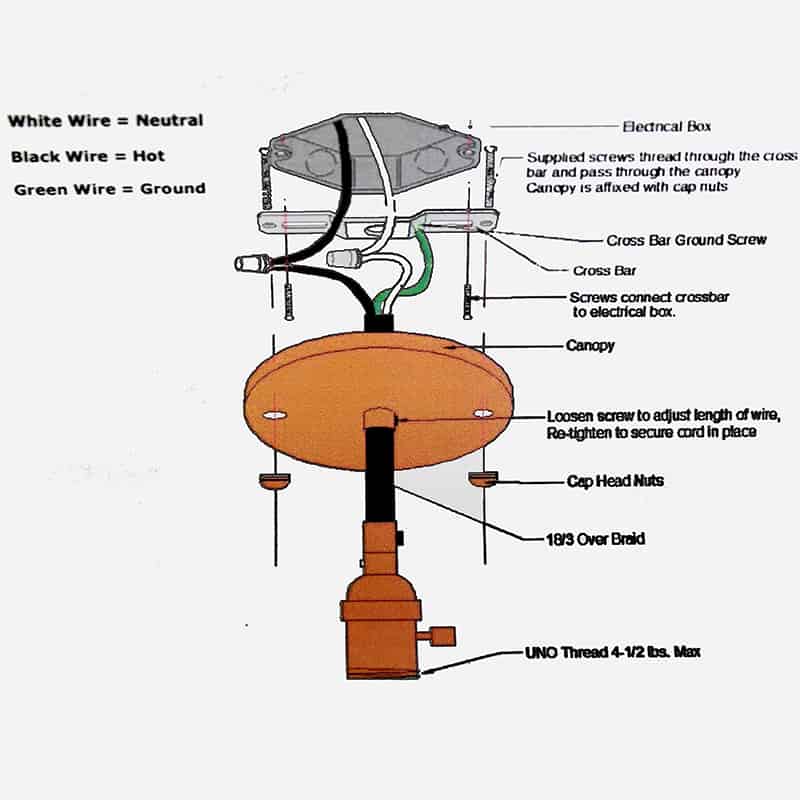Are you confused why some fixtures don’t have switches? Keyless lampholders remove the switch that would be built into the fixture. You control these with a wall switch.
Keyless lampholders get rid of the need for the built-in switch. You control them with a wall switch. This is convenient when you have several fixtures together in a room. You can control them all from one location.
Keyless lampholders are a common feature of modern lighting systems.

What is the purpose of a keyless lamp holder?
The purpose of a keyless lamp holder is to eliminate the need for a switch on the fixture itself. Instead, these fixtures are wired to external controls like wall switches or smart systems. This makes it easier to manage multiple lights in a room without needing to interact with individual fixtures.
By centralizing control, keyless lamp holders reduce the wear and tear associated with switches on each fixture. This design is particularly useful in residential, commercial, and industrial settings where efficiency and simplicity are prioritized.
Why is it called a keyless fixture?
A keyless fixture is named for its lack of a “key,” or built-in switch. In older fixtures, a key switch would allow users to turn the light on and off directly on the fixture. However, keyless light fixtures have no such switch, relying entirely on an external switch or control system.
This design not only simplifies the user experience but also improves the aesthetic of the fixture. By removing the need for visible switches, keyless fixtures blend seamlessly into modern interiors where minimalism is valued.

What is a keyless socket adapter?
A keyless socket adapter is a small accessory that allows a keyless lampholder to be adapted for different types of bulbs or fixtures. This adapter converts the lampholder, making it compatible with various bulb bases, depending on the lighting needs of the space.
These adapters are often used in homes or commercial spaces where specific bulb types are required, providing flexibility without needing to replace the entire fixture. The adapter works by allowing different bulb styles to fit into a standard keyless lampholder.
What’s the point of keyless entry in lighting?
Keyless entry in lighting refers to the use of external controls to operate a fixture, similar to how a keyless entry system works for doors. This means that instead of interacting directly with the light fixture to turn it on or off, you can control it from a centralized location, such as a wall switch or a remote control.
This approach is particularly beneficial in spaces with multiple fixtures. Instead of individually turning each light on or off, you can control them all from a single switch, reducing effort and providing a more organized lighting system.

What does keyless mean in lighting?
In lighting, “keyless” means that the fixture does not have a built-in switch. Instead, it is controlled externally by a switch located on a wall or another remote location. This design is common in modern lighting systems, especially in homes and offices, where multiple lights need to be controlled from one place.
The keyless concept enhances convenience and helps in creating a cleaner and more efficient lighting setup, avoiding the clutter of switches on each fixture.
What are the types of lamp holders?
There are several types of lamp holders, each designed for specific applications. Keyed lamp holders have built-in switches, while keyless holders rely on external controls. Dimmer-capable holders allow for adjustable lighting, providing more flexibility in light intensity.
Other common types include screw-type holders, bayonet-type holders, and pin-type holders, all of which are designed to fit specific types of bulbs and fixtures. The choice of holder depends on the lighting needs and the environment in which it will be used.

What is an E26 keyless bulb?
An E26 keyless bulb fits into a medium screw base, with a diameter of 26 millimeters. This type of bulb is standard in the U.S. for residential lighting. The “keyless” designation means that it is used in fixtures without built-in switches, relying instead on wall switches or external controls.
These bulbs are popular for general-purpose lighting and can be used in a variety of fixtures, from ceiling lights to table lamps, providing a versatile solution for keyless setups.
Final Works:
Keyless lampholders remove the need for individual fixture switches, offering a streamlined and efficient solution for modern lighting control. Centralized control simplifies the user experience and enhances the aesthetic of the lighting system.













